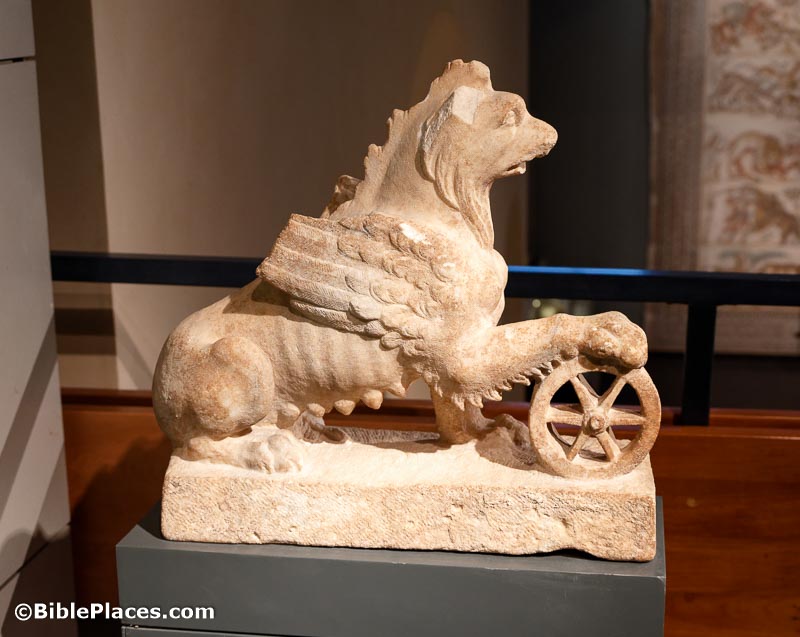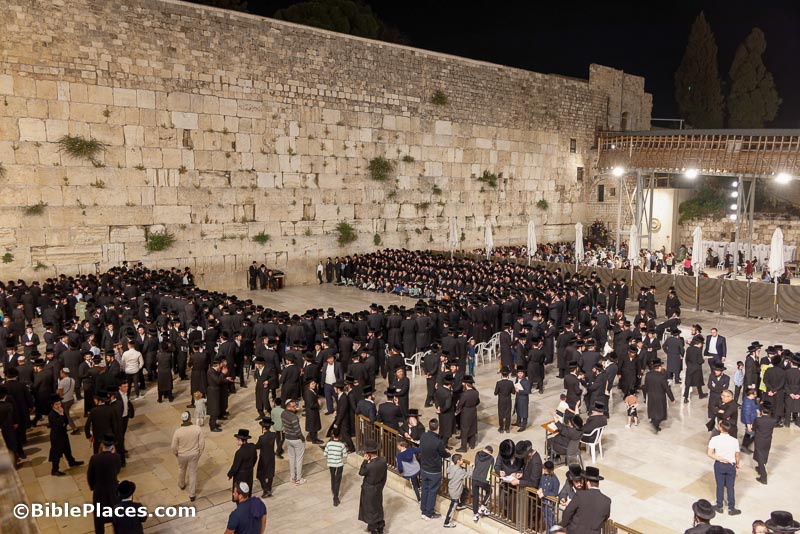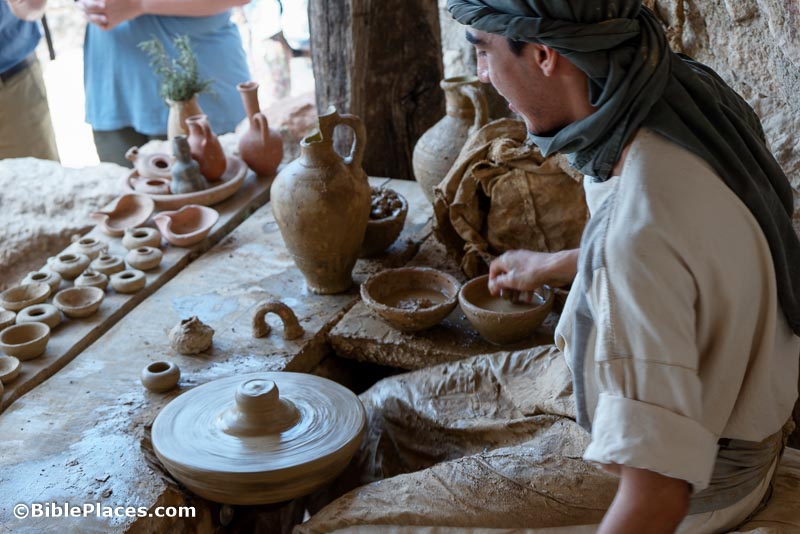Archaeologists discovered an Akkadian tablet from 1800 BC during excavations of a palace in ancient Alalakh in southern Turkey.
Excavations of the tophet in Carthage uncovered “five gold coins from 2,300 years ago, tombstones and several urns with the remains of animals, infants and premature babies.”
“Two new fragments of the Fasti Ostienses have been discovered in the Ostia Antica Archaeological Park.”
A 1st-century BC synagogue has been discovered in southwestern Russia. It stood for more than 500 years before it was likely destroyed.
“Coal miners in Serbia have discovered the remains of a large wooden boat likely used by the Romans to supply a nearby city and military headquarters on the empire’s frontier.”
“Once quiet backwater departments of Assyriology (sometimes called Sumerology or Mesopotamian studies) are suddenly hotbeds of innovation” with the help of AI.
“The ‘miracle’ plant Silphium consumed by Ancient Greeks, Romans, and Egyptians, which was thought to have become extinct two thousand years ago, has recently been rediscovered in Turkey by a professor, who thinks he’s found a botanical survivor.”
“The distinctive transdisciplinary approach of the recently established Yale Ancient Pharmacology Program (YAPP) may provide keys to [the] rediscovery” of the use of ancient plants.
Zoom tour on Aug 23: “The First Half of History: A Virtual Tour of the Yale Babylonian Collection,” by Ekhart Frahm and Agnete Lassen ($7)
Zoom lecture on Aug 31: “Who Really Invented the Alphabet?,” by Seth Sanders ($6/12). Season passes for the Friends of ASOR Webinar Series are now available. You can also purchase recordings from previous seasons’ webinars.
“The Corning Museum of Glass is pleased to announce its 61st Annual Seminar on Glass, a two-day program of online sessions that complements the special exhibition Dig Deeper: Discovering an Ancient Glass Workshop.” All are welcome, and there is no charge for the Oct 19-20 event.
New release: Scientific Traditions in the Ancient Mediterranean and Near East, edited by Sofie Schiødt, Amber Jacob and Kim Ryholt (NYU Press, $85)
New release: The Routledge Handbook of Museums, Heritage, and Death, edited by Trish Biers, Katie Stringer Clary (Routledge, $216/$46)
ACOR has signed agreements with the Jordanian Department of Antiquities to restore the Kerak Castle, the Byzantine church in Aqaba, and the Beit Ras Amphitheater.
Geoffrey Lenox-Smith describes what he saw on a tour in a “soft opening” of the Grand Egyptian Museum.
HT: Agade, Gordon Dickson, Al Sandalow, Will Varner, Arne Halbakken, Roger Schmidgall, Keith Keyser, Wayne Stiles, Explorator
The visit of a rabbi to Jerusalem was met with great excitement by his followers.


